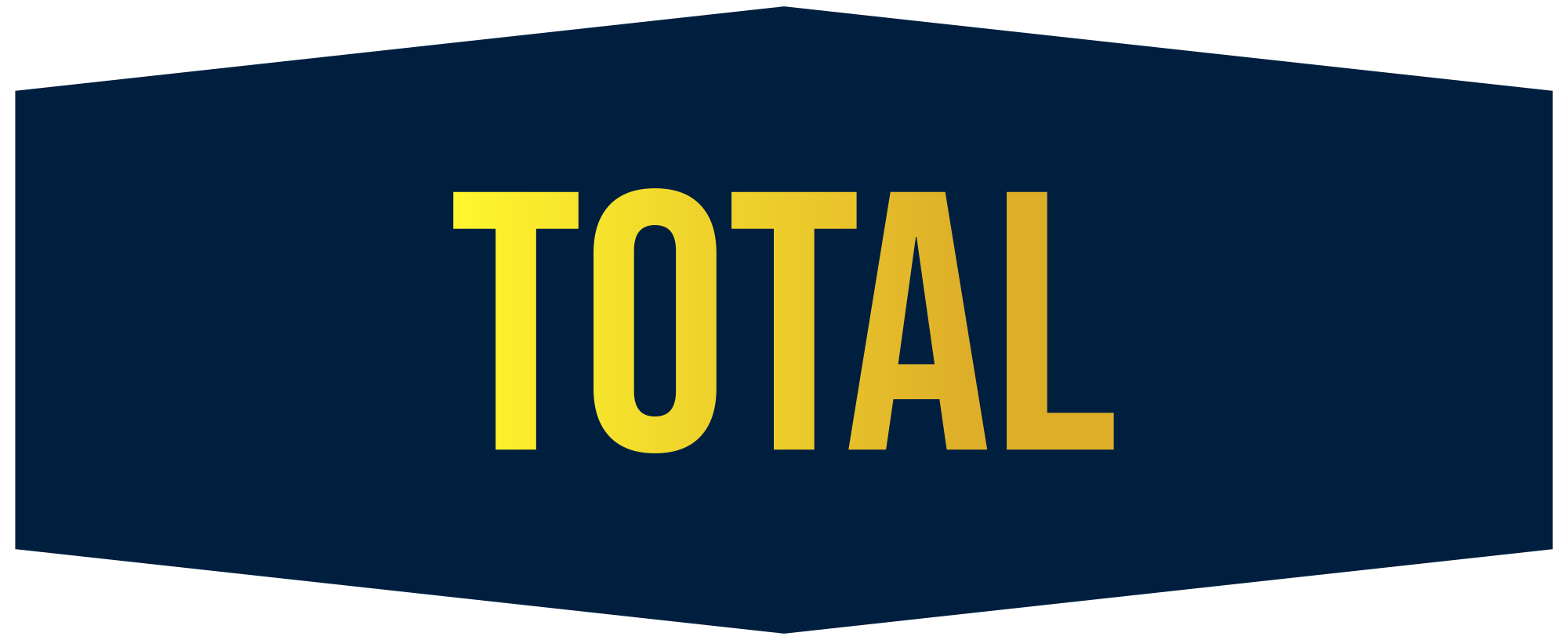Top 10 Cybersecurity Threats You Should Prepare for in 2025
— My Personal Take on What’s Coming Next in Digital Security
As someone who’s always keeping an eye on digital safety, I’ve noticed a worrying trend—cyberattacks are getting smarter, faster, and harder to detect. Every year brings new vulnerabilities, and as we head into 2025, I can’t help but feel that we need to stay more alert than ever. That’s why I decided to put together this list of the top 10 cybersecurity threats I believe we should all prepare for in the coming year.
1. AI-Powered Phishing Attacks
I’ve seen phishing emails evolve from broken-English scams to incredibly convincing messages that look like they’re from my bank or boss. In 2025, AI will make phishing even harder to spot. Attackers are now using machine learning to craft personalized phishing emails based on scraped data from social media and previous breaches. Honestly, if I didn’t know better, even I’d fall for some of them.
2. Deepfake Scams and Synthetic Identity Fraud
We used to laugh at deepfakes on social media, but now I see them as a serious threat. Cybercriminals are using AI-generated audio and video to impersonate CEOs, political figures, or even loved ones. I recently came across a report of a finance team wiring money based on a fake video call from their “CEO.” It sounds unbelievable until you realize how real these fakes can look.
3. Ransomware-as-a-Service (RaaS)
Ransomware used to be limited to sophisticated hackers. Now, anyone with a credit card and dark web access can buy a ransomware kit. This Ransomware-as-a-Service model makes me uneasy because it’s lowering the barrier for entry. In 2025, I expect more amateur hackers to launch devastating attacks on small businesses, hospitals, and even schools.
4. Attacks on Critical Infrastructure
As I rely more on utilities like electricity, water, and internet access, I’ve become painfully aware of how vulnerable these systems are. State-sponsored attackers and cyberterrorists are increasingly targeting infrastructure. A blackout isn’t just an inconvenience anymore—it could be the result of a coordinated cyberattack. That’s something we can’t afford to ignore.
5. Supply Chain Attacks
Remember the SolarWinds breach? That incident made me realize how dangerous supply chain attacks can be. It’s no longer enough to secure our own systems—we also have to trust that our vendors and partners are doing the same. In 2025, I expect these types of attacks to increase, especially targeting software updates and third-party tools.
6. IoT Vulnerabilities
I love the convenience of smart devices—lights, thermostats, even my fridge—but every one of them is a potential entry point for hackers. Most IoT devices lack strong security protocols. I’ve already started reviewing the settings and firmware of everything in my smart home, but even then, I know it’s not foolproof. This year, we’re going to see a rise in attacks targeting IoT networks.
7. Cloud Misconfigurations
With more businesses shifting to the cloud, I’m noticing a recurring issue—misconfigured settings. Cloud storage is incredibly powerful, but if someone leaves a database open to the public by mistake, it’s a goldmine for attackers. I’ve seen far too many exposed AWS buckets and Google Cloud folders, and it’s something I think every organization must take more seriously in 2025.
8. Mobile Malware and App Store Exploits
I use my phone for nearly everything—banking, emails, work communication—and so do most people I know. That makes it a major target. Cybercriminals are embedding malware into apps, even some that sneak past app store reviews. In 2025, I expect more zero-day attacks on mobile operating systems and more fake apps in official stores.
9. Insider Threats
This one hits closer to home. Whether it’s a disgruntled employee or an accidental data leak, insider threats are on the rise. I’ve learned that even the most secure system can be compromised by someone on the inside. Companies need to monitor user behavior more closely and educate employees on cybersecurity hygiene.
10. Social Engineering 2.0
We usually think of cyberattacks as purely technical, but psychological manipulation still plays a massive role. I’ve seen scammers use urgency, fear, and authority to trick people into revealing passwords or wiring money. In 2025, with the help of AI, these tactics will become even more refined—and harder to detect.
What I’m Doing to Prepare (And What You Can Do Too)
Reading about these threats can feel overwhelming, I know. But instead of panicking, I’ve started taking concrete steps to protect myself and my devices. I use multi-factor authentication (MFA) everywhere I can, keep my software updated, avoid suspicious links, and regularly back up important data offline.
More importantly, I stay informed. I follow trusted cybersecurity blogs, watch for breach announcements, and review privacy settings on all the apps and tools I use. No one is 100% safe, but awareness makes a huge difference.
Final Thoughts
Cybersecurity in 2025 won’t just be about having a strong password or a good antivirus. It’ll be about being proactive, staying aware of evolving threats, and knowing how to react when something feels off.
I’ve learned that no matter how advanced attackers become, the best defense is still a well-informed, cautious user. Let’s stay one step ahead—because in today’s digital world, our safety depends on it.
